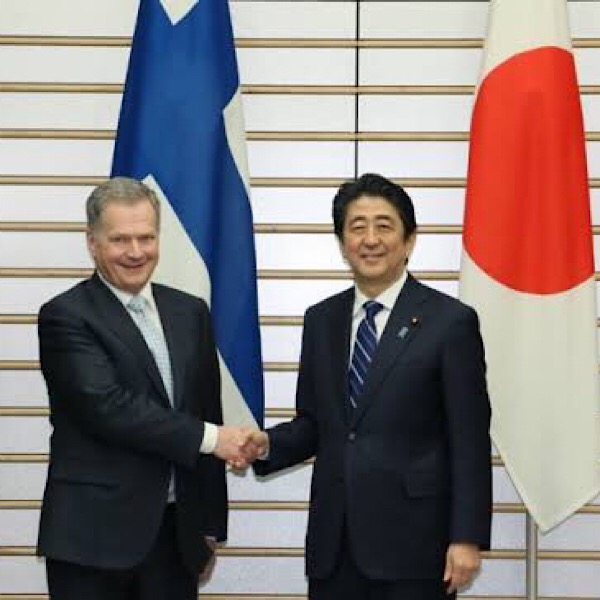An international team of researchers from Japan and Finland will work to develop technologies and standards for the sixth generation of wireless communications, commonly known as 6G, as part of a joint research agreement between the two countries.
At a time when more people than ever have come to rely on telecommunications for various aspects of their lives, many feel we should accelerate the development of communications technology. A key aspect of this technology is the way people and machines communicate wirelessly. In order to usher in a new generation of wireless communications, international cooperation is essential, as shared standards encourage adoption.
To this end, Japan and Finland have initiated a bilateral partnership through a collaboration between the University of Tokyo and the University of Oulu in Finland. Over the next few years, a roadmap for the 6G standard will be created and research into the technological components carried out.
Matti Latva-aho, director of the national 6G Flagship research program in Finland, has been appointed a global research fellow at the University of Tokyo. He will collaborate with Professor Akihiro Nakao at UTokyo’s Graduate School of Engineering and their team will work to research and develop future 6G technologies and technical standards.
Nakao believes 6G technology could impact society in many different ways.
“It’s not just about higher speeds and faster response, though these things will be improved,” said Nakao. “The aims of 6G include massive improvement in power efficiency; security based on quantum mechanics; AI-driven network optimisation; integration with satellite networks, and more. For day-to-day life, all this means people will have a more seamless experience communicating with each other, as well as interacting with services and devices.”
Some areas of life that could benefit from 6G include health care, where low-power embedded sensors could communicate health data in real time to doctors or expert systems, or even disaster response, as integration with satellite platforms means that if ground-based infrastructure is damaged then essential communication can be maintained. This is especially important in countries such as Japan, where earthquakes, tsunamis, floods and volcanoes are very real hazards that affect peoples’ lives.
“As an engineer, the development of technology is of course very exciting, but 6G goes beyond that. Rather than a communications infrastructure, it feels more like a social infrastructure,” said Nakao.
“We have acquired funding for 10 large-scale national projects, including semiconductor development, augmented reality, satellite communications and more. We hope to bring the fruits of our research to the university campus, where we can demonstrate the capabilities of 6G first hand by offering immersive, remote hands-on lectures before rolling out the technology to the public.”
Source: E&T










